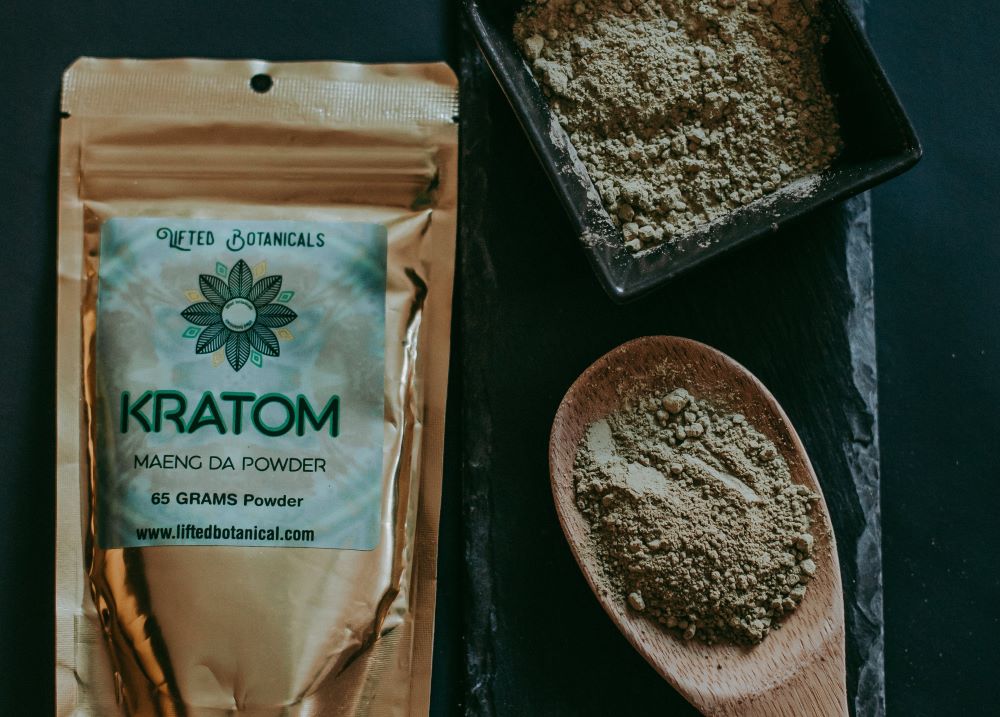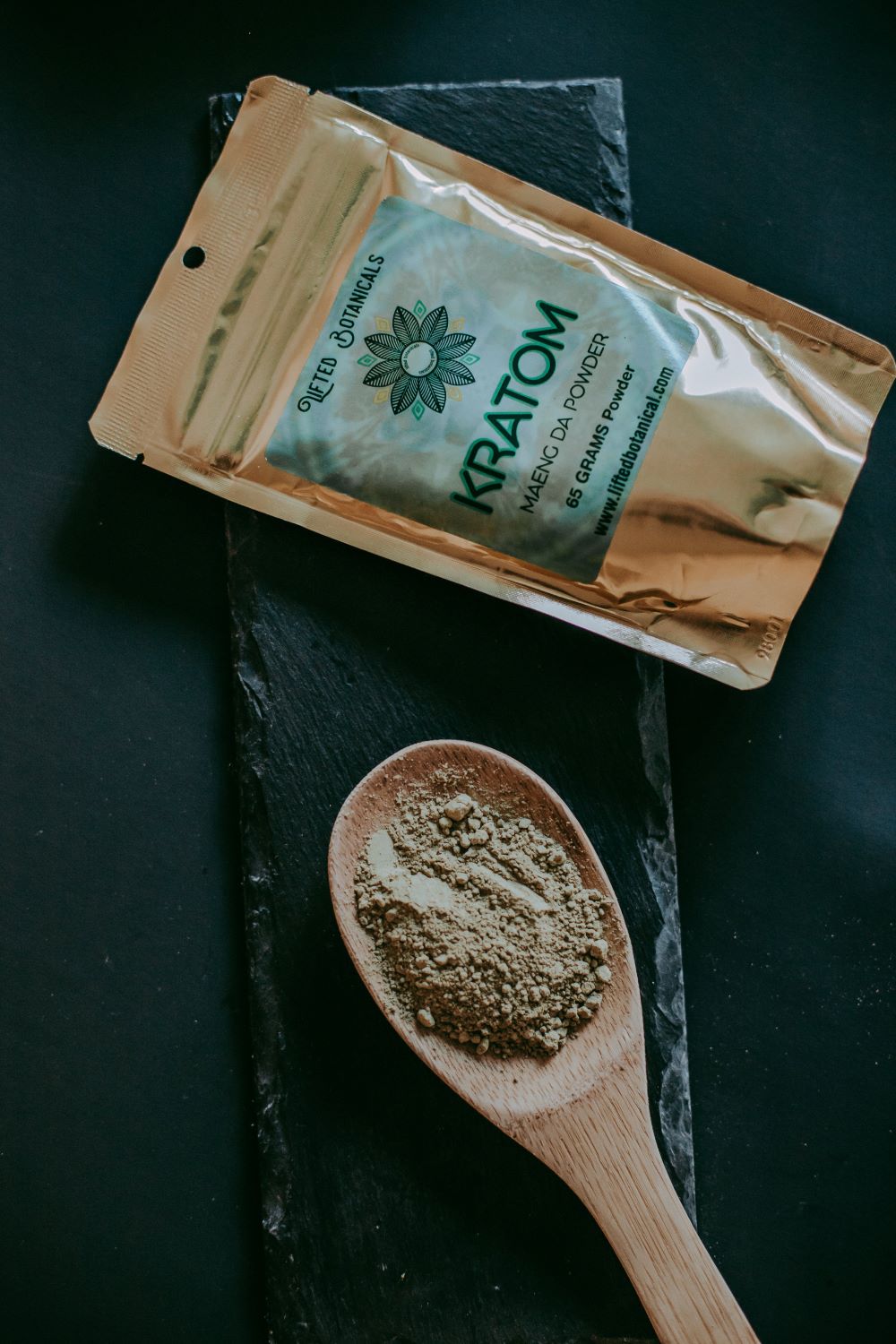Although widely used, kratom can be addicting and dangerous to one’s health, experts warn.
The herbal supplement known by its marketed name “Kratom” has become quite popular recently. This is because roughly 2 million U.S. citizens have been reported to use it as an alternative treatment for several ailments. This includes physical pain, mental stress, anxiety, as well as opioid withdrawal, as reported by the Food and Drug Administration (FDA). Despite its widespread use, however, Kratom has become the subject of intense scrutiny due to its association with adverse effects, addiction, seizures, and even fatalities, such as the case of Dustin Hernandez. The potential dangers are very real, health experts are warning consumers.
Kratom, extracted from the dried leaflets of Mitragyna speciosa tree (found mostly in Southeastern Asia), has been marketed as a natural remedy for various ailments. Its proponents argue that it offers a holistic approach to managing pain and anxiety, providing an alternative to conventional medications. Advocates also highlight its potential in assisting individuals dealing with opioid withdrawal.
The surge in Kratom use can be attributed to its availability in various forms, including powder, capsules, and extracts. Additionally, the substance is easily accessible online, contributing to its widespread adoption as a self-prescribed health supplement.

Despite its popularity, the FDA has raised concerns about the safety of Kratom. The agency acknowledges the potential therapeutic benefits but emphasizes the lack of comprehensive scientific research to support these claims. Moreover, the FDA highlights the serious risks associated with Kratom, including addiction, seizures, and, in some cases, fatalities.
Dustin Hernandez’s tragic death serves as a poignant example of the dangers linked to Kratom consumption. While supporters argue for its efficacy in managing certain health conditions, incidents like Hernandez’s underscore the need for a balanced perspective that considers both potential benefits and inherent risks.
The debate surrounding Kratom revolves around finding a balance between its perceived health benefits and the risks it poses to consumers. The absence of stringent regulations and standardized dosages raises additional challenges, making it difficult to assess the substance’s safety in various contexts.
Healthcare professionals and regulatory bodies are grappling with the task of providing accurate information to the public while acknowledging the gaps in scientific understanding. The call for more research and clinical studies becomes crucial in establishing a comprehensive understanding of Kratom’s effects on the human body.
As Kratom continues to be a subject of debate over its potential dangers, it becomes imperative to address the existing regulatory gaps and promote responsible usage. The FDA’s role in providing clear guidelines, backed by robust scientific evidence, is essential to safeguard public health. Simultaneously, educating consumers about the potential risks and advising them to consult healthcare professionals before incorporating Kratom into their wellness routines is crucial.
More and more health supplements are being introduced nowadays, causing alarm across the globe. The case of Kratom serves as a reminder of the challenges posed by products with dual narratives—touted as natural remedies while carrying potential risks. Striking a balance between individual freedom to explore alternative health options and ensuring consumer safety remains a complex but necessary goal in the ongoing discourse around herbal supplements like Kratom.
Sources:
Kratom faces scrutiny over danger to consumers
Kratom—Pharmacology, Clinical Implications, and Outlook: A Comprehensive Review


Join the conversation!